As the name implies, Jemez Springs, has mineral springs that have been attracting people for centuries.
After a beautiful morning of driving through the Valles Caldera National Park, we saw the first sign of these mineral springs, Soda Dam.
I read that archeological findings – discovered near Soda Dam– date back as far as 2,500 B.C. Pueblos were later created and today we walked in their footprints at the Jemez Historic Site whose ruins date back 500 years. On site, the San Jose de Guisewa (Jemez) Church is one of the largest of all missions in the United States. It was built with the arrival of Spanish missionaries to the area in the 16th century. It was transformed into a tourist destination in the 1800s with the lure of its hot springs.
The remnants of the church show it was 110 feet in length. It was built mainly out of limestone, sandstone and volcanic tuff. Adjacent to the mission are remains of medium-sized pueblo, including 2 kivas. Apparently Franciscan friars made repeated, but unsuccessful, attempts to convert the puebloans until about 1639. The pueblo was abandoned in 1680 when the Jemez participated in the Pueblo Rebellion which evicted the Spanish from the region until 1692.
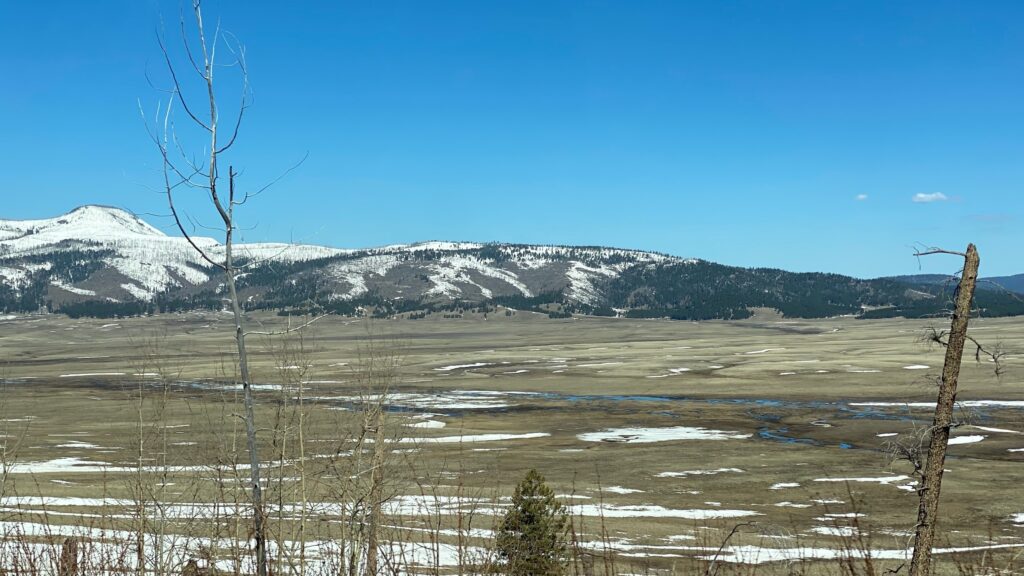
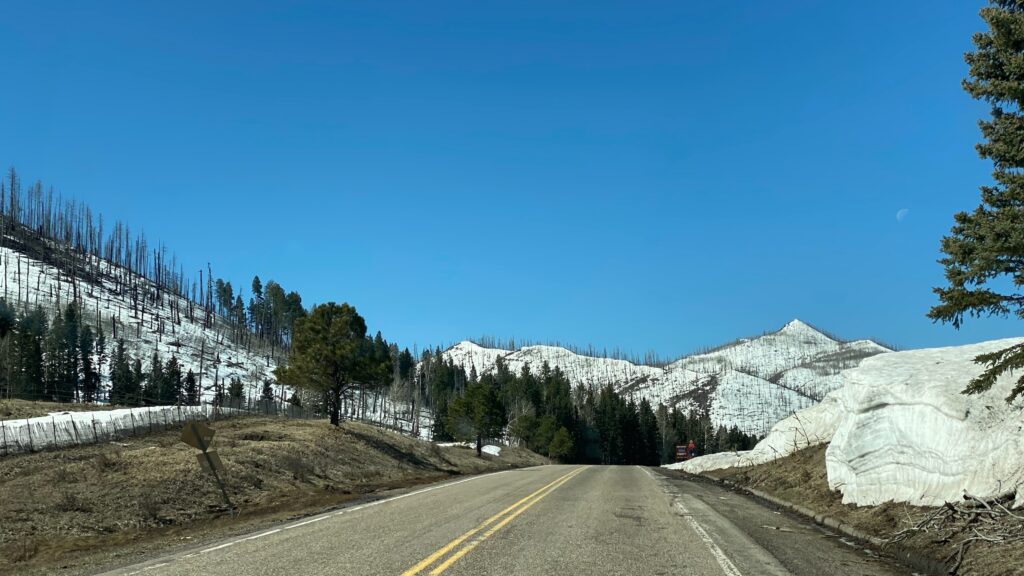
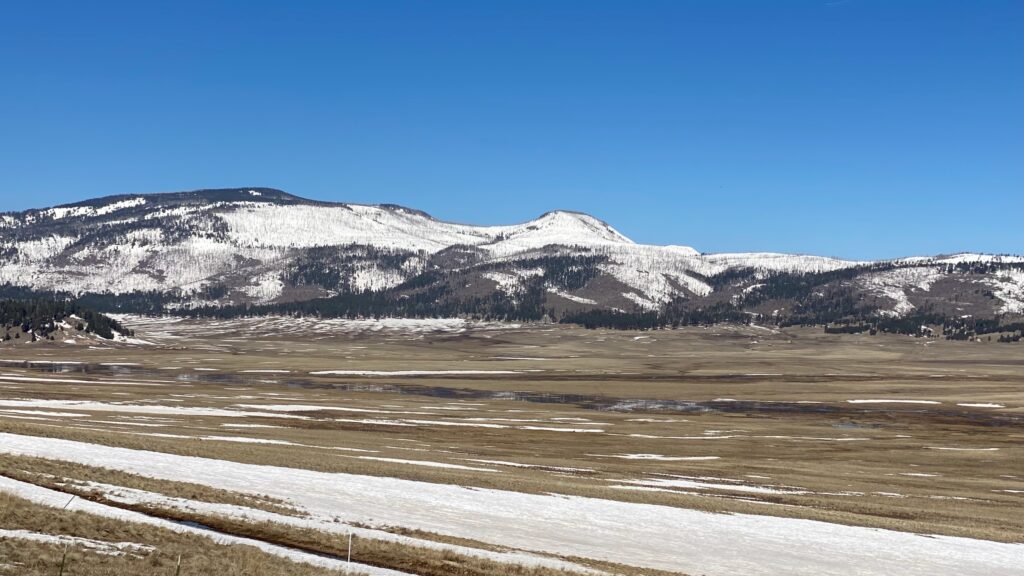
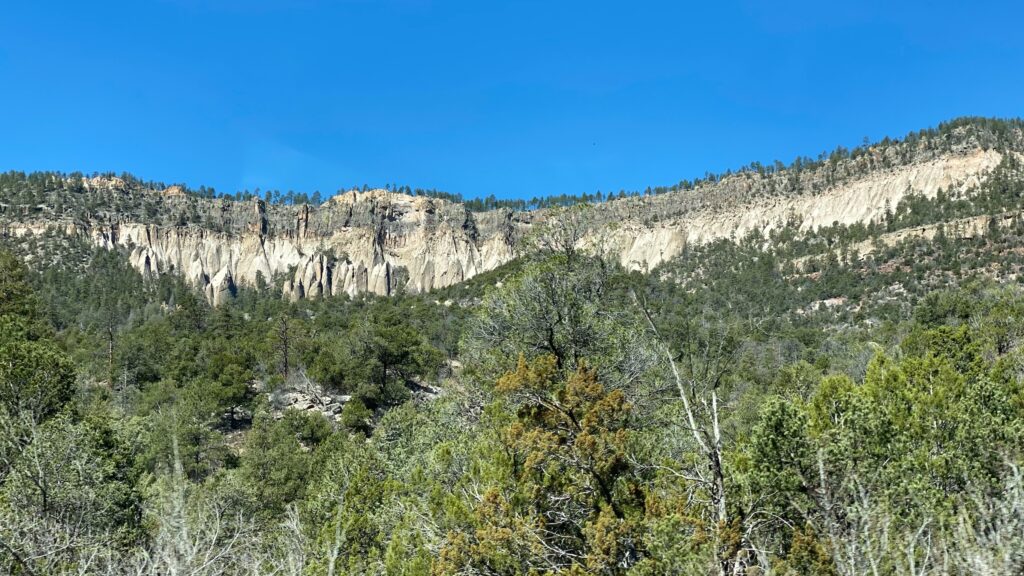
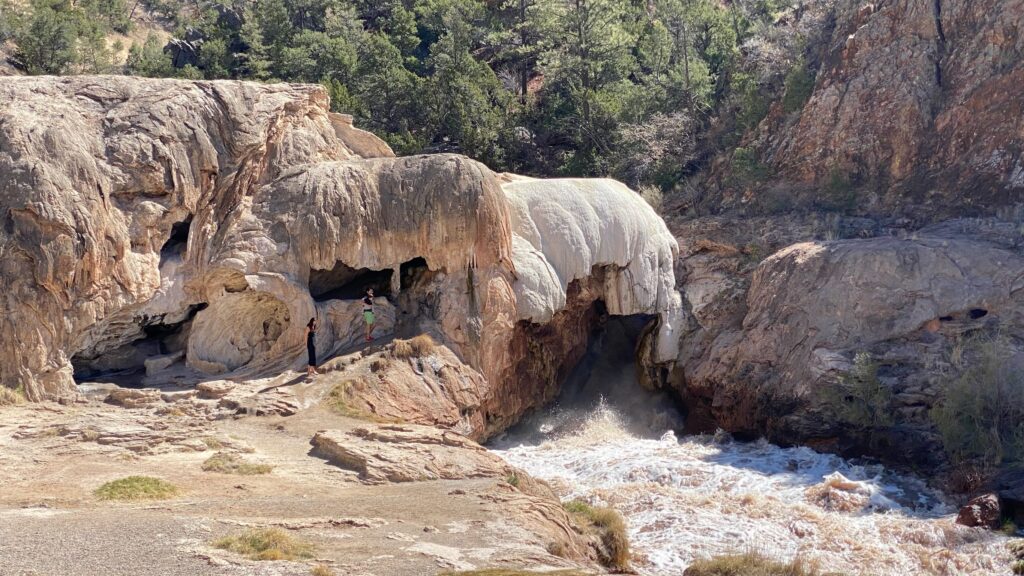
Video of Soda Dam



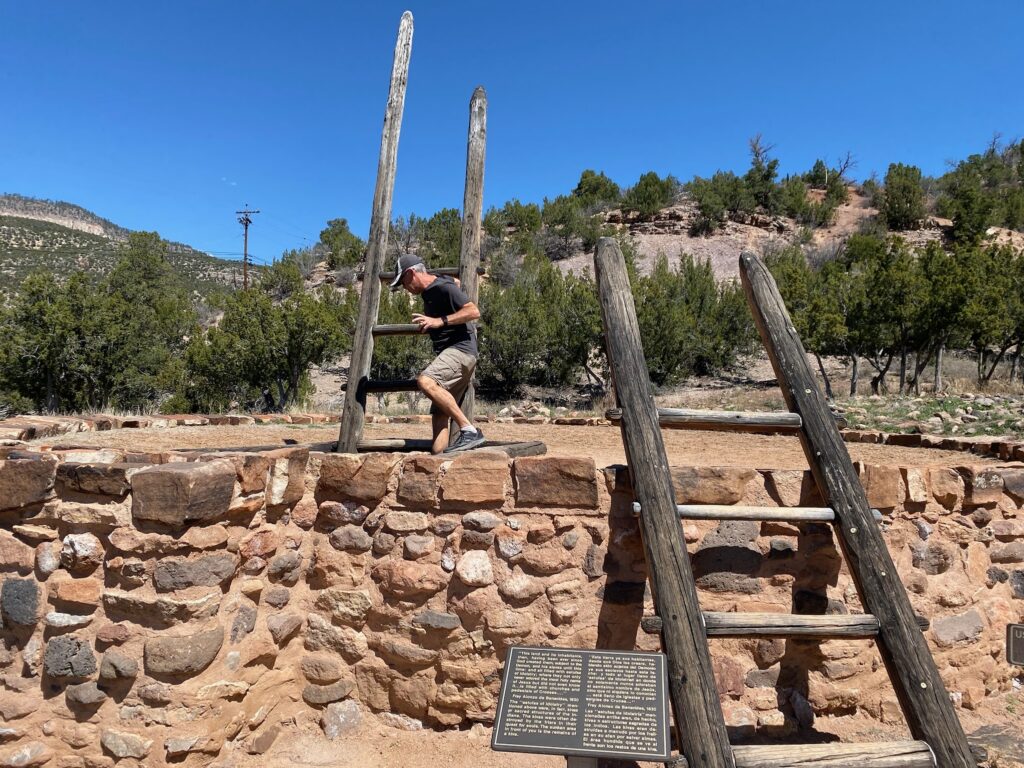
We continued the day’s dramatic drive. Passing Rio Rancho we eventually arrived at one of the most unusual Harvest Host stops – Route 66 Junkyard and Brewery.

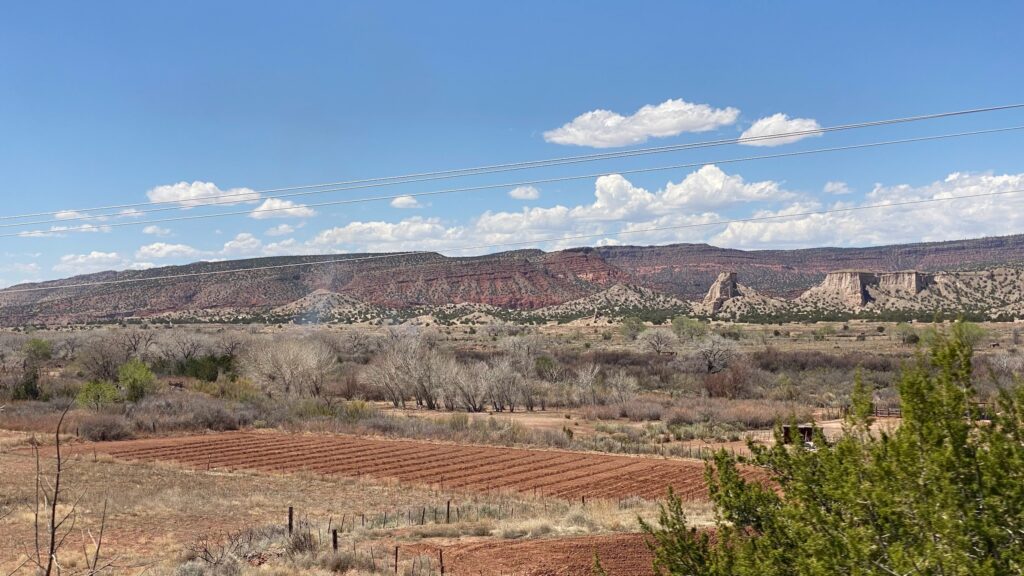
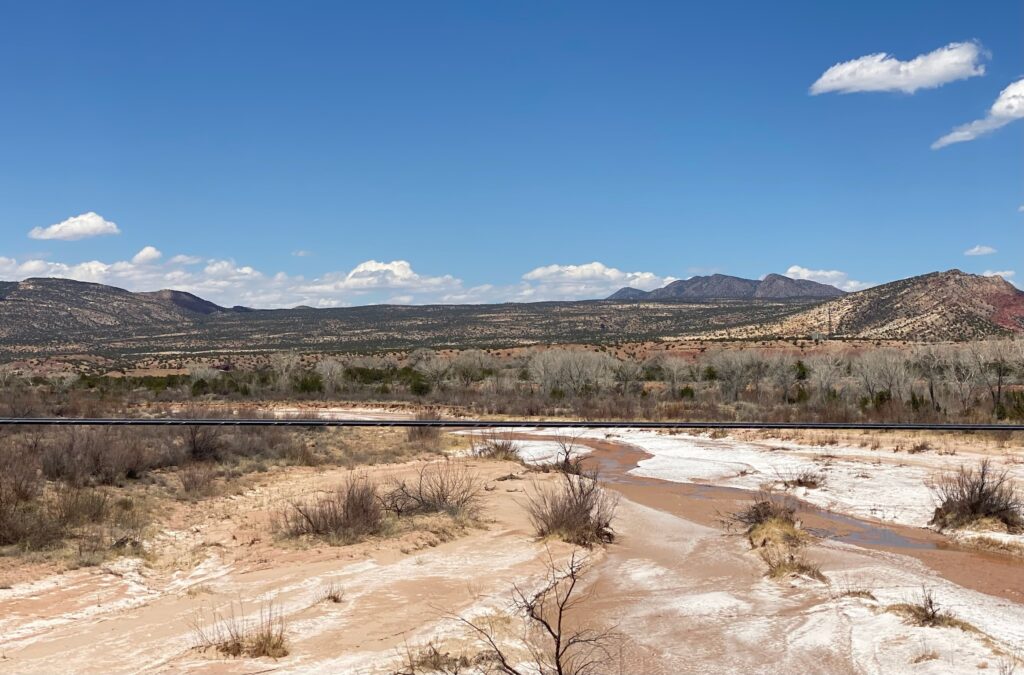
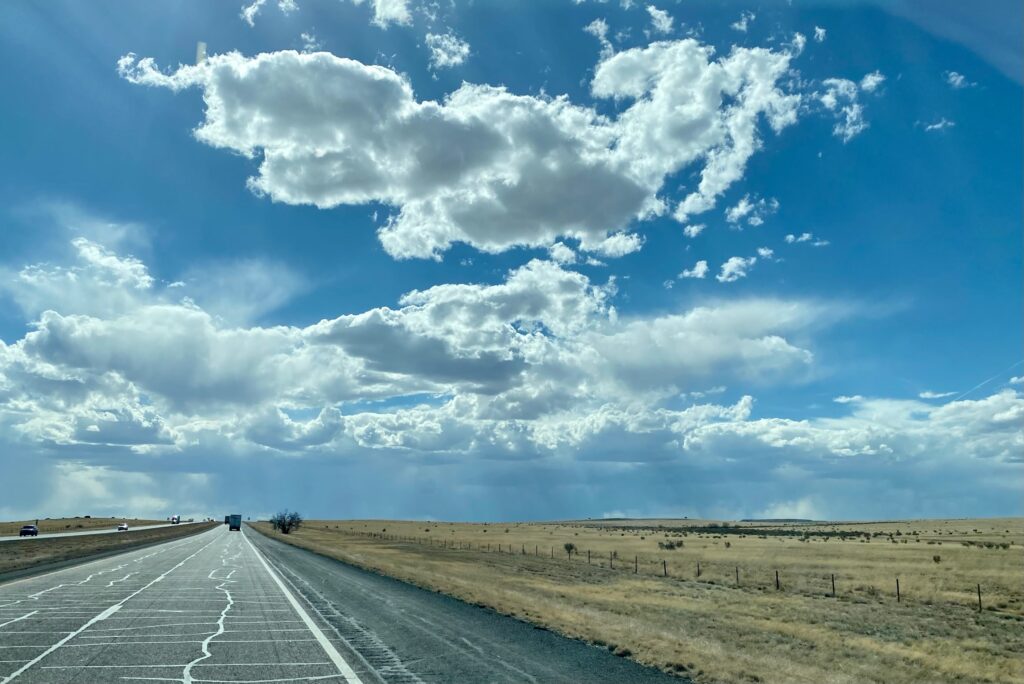
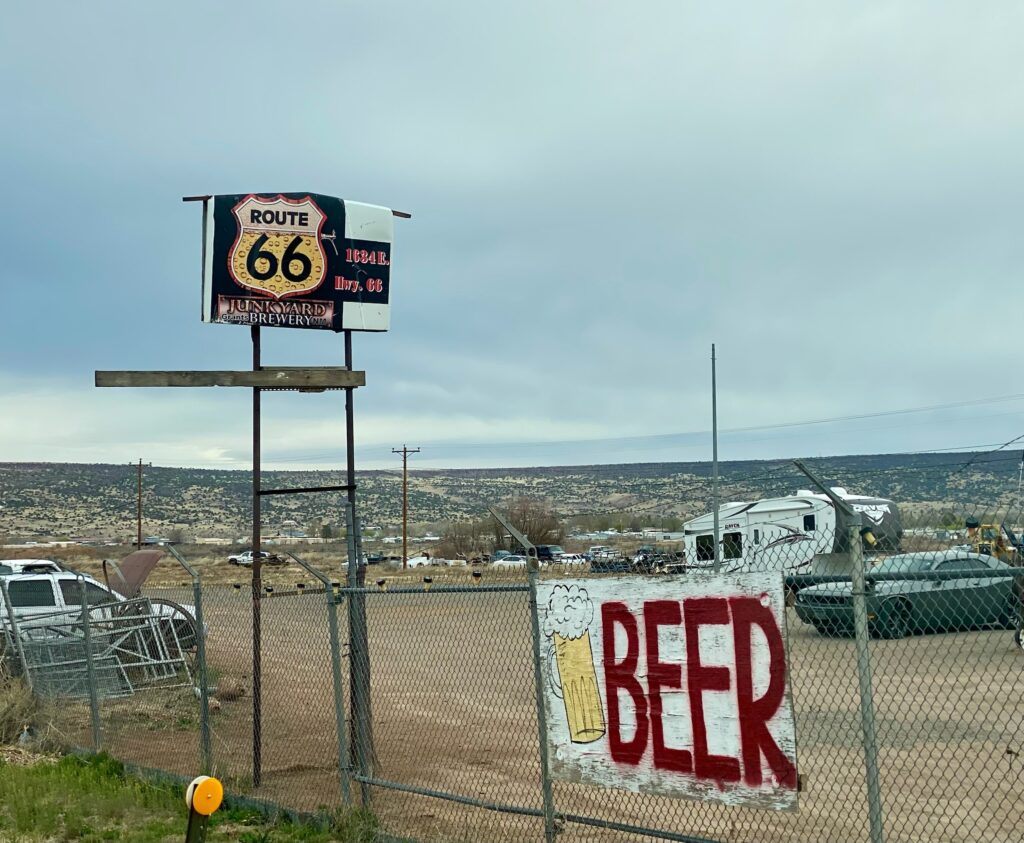
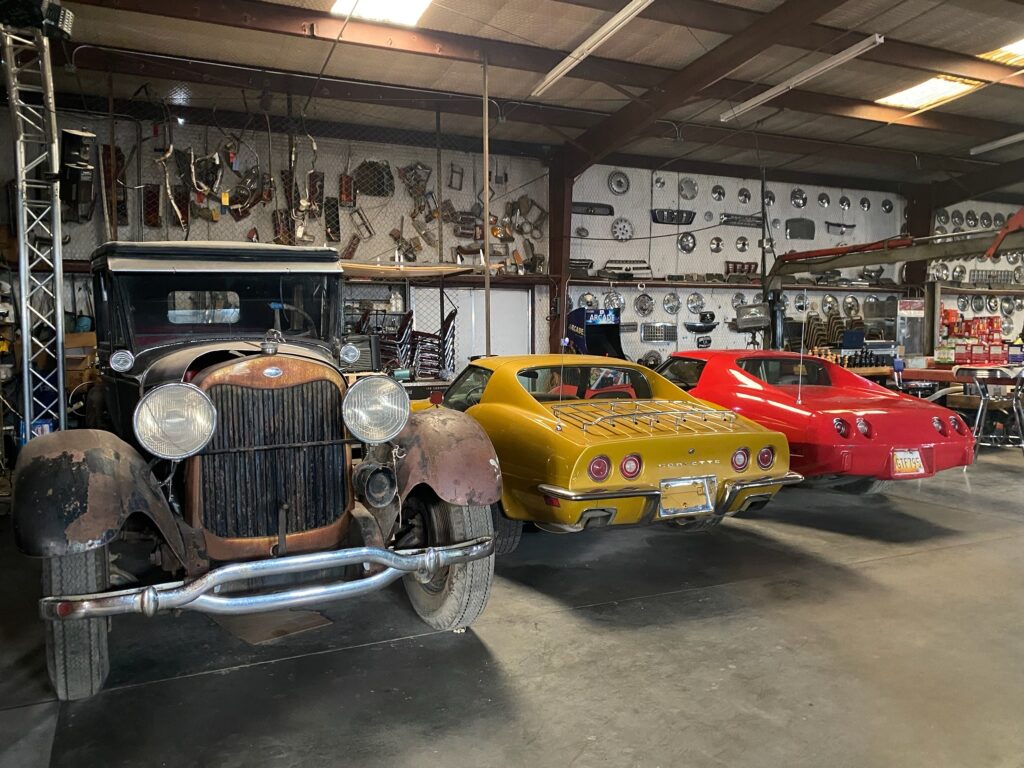
Another travel day logged.

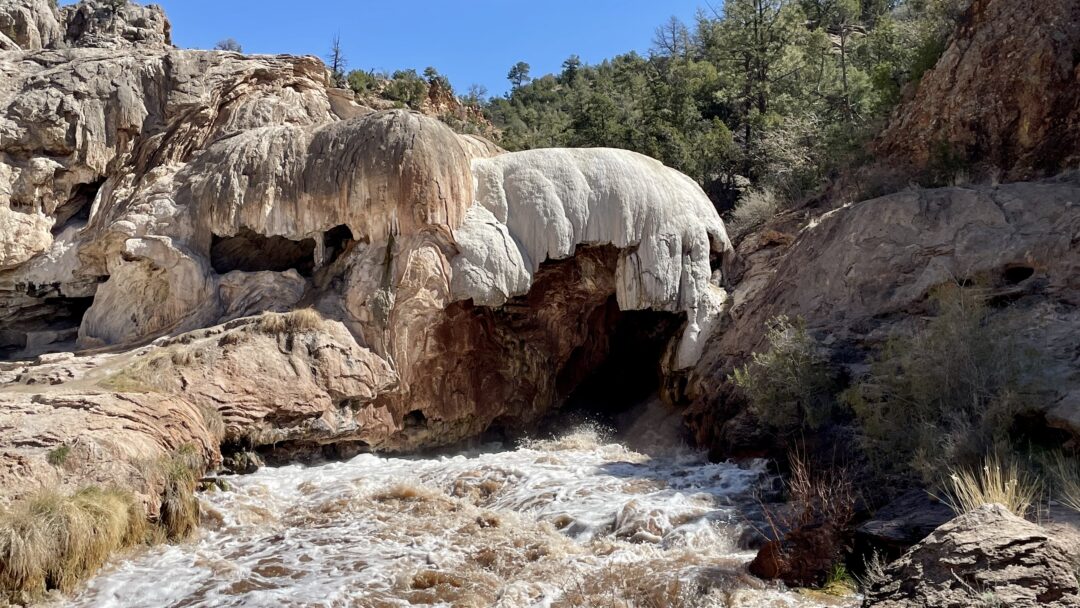
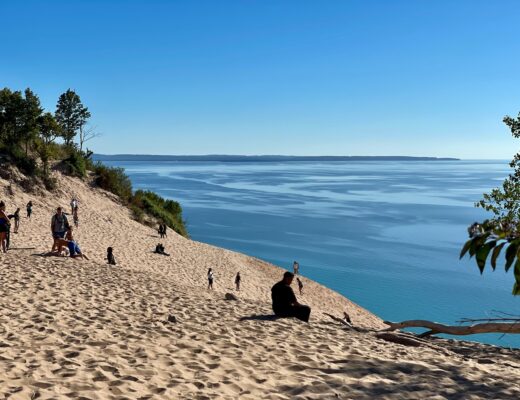
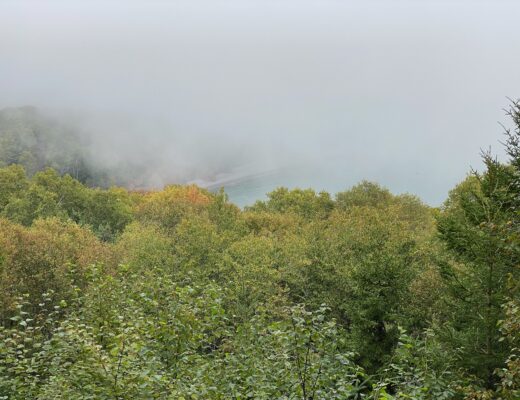
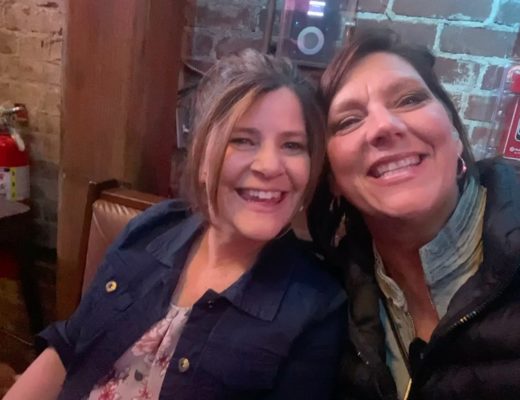
















 Did you know that the oldest and largest aviati
Did you know that the oldest and largest aviati



